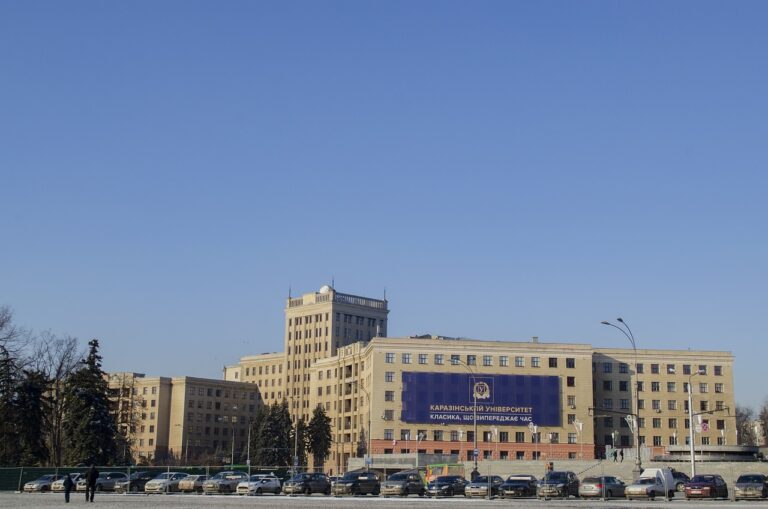Analyzing Trends in Global Student Mobility
International student enrollment has seen a notable uptick in recent years due to various factors that contribute to this trend. One significant factor is the growing emphasis on global education and the pursuit of cross-cultural experiences among students worldwide. As globalization continues to shape the landscape of higher education, more students are seeking opportunities to study abroad to broaden their perspectives and enhance their academic knowledge.
Furthermore, the increasing number of scholarship programs, grants, and financial aid options available to international students has also played a pivotal role in driving the surge in enrollment. These financial incentives not only make studying abroad more accessible to students from diverse socioeconomic backgrounds but also encourage them to choose international destinations for their education. By offering financial support, institutions and governments are facilitating the mobility of students across borders and fostering a more interconnected global learning community.
Impact of Political Events on Student Mobility
Political events across the globe have a significant impact on student mobility patterns. These events can range from changes in government policies to social unrest and even natural disasters. Such upheavals often create uncertainty and instability, resulting in students reconsidering their choice of study destination.
When political events unfold, they not only affect the current cohort of international students but also influence prospective students’ decisions. Countries experiencing political turmoil may see a decline in student enrollment, while those perceived as safe and stable could attract a higher number of students. The perception of a country’s political climate plays a crucial role in shaping student mobility trends, highlighting the need for universities and policymakers to stay vigilant and adaptable in response to geopolitical developments.
Emerging Destinations for Global Students
In recent years, there has been a noticeable shift in the destinations preferred by global students for their higher education. Countries like Malaysia and South Korea are gaining popularity due to their diverse academic offerings and affordable tuition fees. These emerging destinations are attracting students looking for quality education in a multicultural environment.
Furthermore, Eastern European countries such as Hungary and Poland have also started to capture the attention of international students. With their rich history and vibrant cultural scene, these countries provide a unique learning experience for students from around the world. As these emerging destinations continue to enhance their educational infrastructure and international partnerships, they are set to become key players in the global higher education market.
What are some factors driving the increase in international student enrollment?
Some factors driving the increase in international student enrollment include globalization, advancements in technology making it easier to study abroad, and the desire for students to gain a global perspective.
How do political events impact student mobility?
Political events can impact student mobility by affecting visa regulations, safety concerns in certain countries, and changes in government policies that may make it more difficult for students to study abroad.
What are some emerging destinations for global students?
Some emerging destinations for global students include countries in Asia such as China, South Korea, and Malaysia, as well as countries in Europe such as Germany and Ireland. These destinations are becoming increasingly popular for their quality education programs and diverse cultural experiences.







